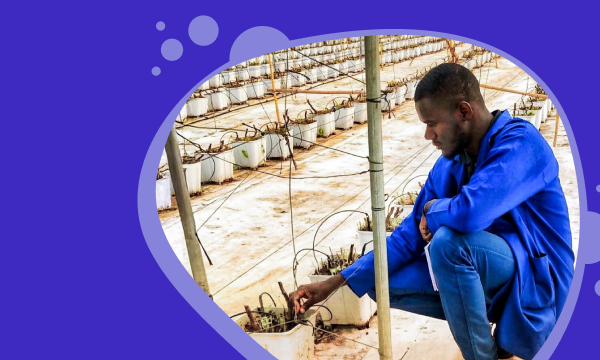
- IRRIGATION
- ARTICLE
- CROP MANAGEMENT
Optimized: An Irrigation Guide
ETo forecasting is a simple but powerful tool for optimizing irrigation every day, in every season....
22.07.2025 | 3 min read
WayBeyond’s Optimized series is designed to turn insights into impact—one growing decision at a time.
In this edition, we focus on irrigation: how growers are using Reference Evapotranspiration (ETo) forecasting to shift from routine watering to precision scheduling.
Last month, we shared how a tomato grower reduced water use by 16% using ETo—without compromising yield or fruit quality.
Now, we’ll show you how ETo forecasting works and why it’s a simple but powerful tool for optimizing irrigation every day, in every season.
Reference Evapotranspiration (ETo) is a climate-based estimate of how much water a reference crop (like grass) would lose through evaporation and transpiration. It uses real-time weather data to calculate this value, including:
This tells you how much water your crops are likely to need—not based on guesswork or habit, but on measurable climate demand.
ETo forecasting goes a step further. Using localized weather data, it predicts this water need 24 to 48 hours in advance, allowing growers to make informed irrigation decisions ahead of time.
Integrating ETo forecasting into your daily planning can improve both water use and plant health. Here’s how:
Instead of waiting for signs of crop stress, ETo forecasts let you schedule irrigation proactively—often during early morning hours—reducing water loss and stress on the plant.
Weather can vary widely from day to day. ETo forecasting factors in temperature swings, humidity levels, and solar exposure, helping you avoid overwatering on cloudy days or underwatering on hot, windy ones.
A tomato plant in flower doesn’t need the same amount of water as one in full fruit set. ETo values can be adjusted using crop coefficients (Kc) to account for each growth stage—ensuring plants get what they need, when they need it.
With more precise watering, you can avoid oversaturating substrates and keep root zone moisture within optimal levels—supporting nutrient uptake and root health.
Watering based on ETo helps minimize nutrient leaching, reduce disease risk, and maintain consistent crop quality. That means healthier plants and a more efficient use of both water and fertilizer.
Start simple.
Use daily ETo forecasts to plan irrigation for just one high-value crop or one block of your operation. Track how it compares to your usual schedule. Within the first few weeks, you’ll likely see clearer irrigation windows and better water use.
Growers are under pressure to do more with less: fewer resources, more variability, higher quality standards.
ETo forecasting offers a practical way to move from static irrigation schedules to plant-responsive watering—based on data, not habit.
It’s not just about saving water. It’s about optimizing every input to protect yield, improve quality and increase ROI.
With FarmRoad’s Irrigation Forecast dashboard, growers get
This means you can plan irrigation confidently—day by day, hour by hour—based on your environment and your crop.
Smarter irrigation starts with one shift:
Using what you already know—climate data—to do more with every drop.
Want to see how ETo forecasting fits into your system?
Let’s talk.

ETo forecasting is a simple but powerful tool for optimizing irrigation every day, in every season....
.png)
From breeding climate-resilient berry varieties in Australia to testing precision irrigation...
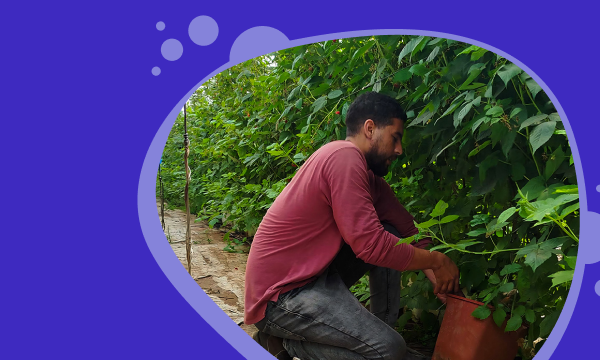
See the strategy behind evapotranspiration-based irrigation planning that helped a greenhouse...
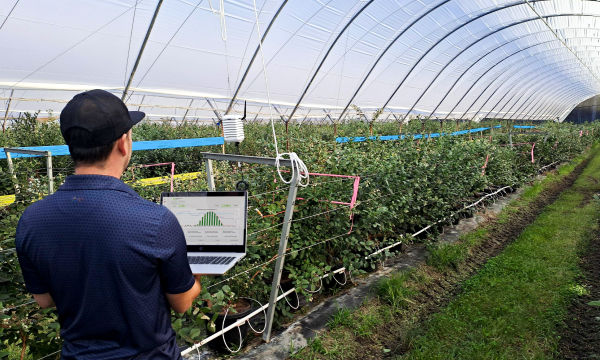
Costa Group is using WayBeyond’s FarmRoad platform to support its elite blueberry breeding program...
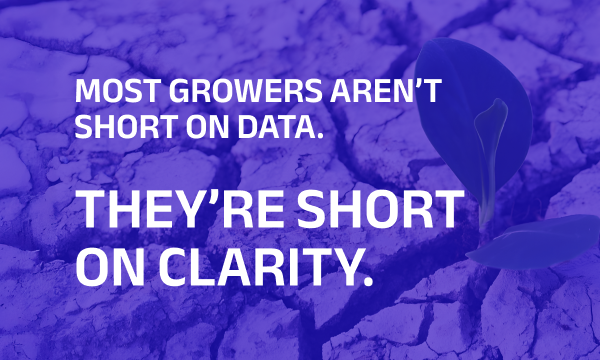
Soil systems around the world are under pressure. Pollution, climate extremes and unsustainable...

AgTech enters 2025 with strategic investments prioritizing long-term food security over quick...
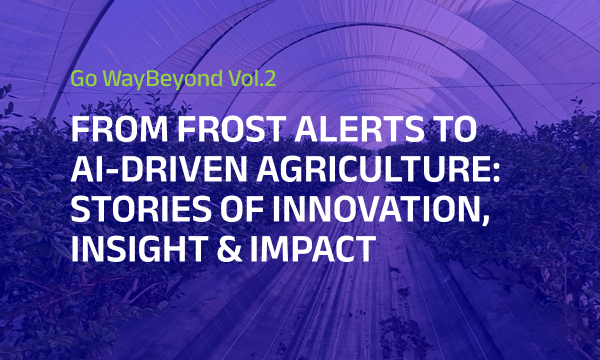
Our newsletter explores the evolving world of agriculture through the lens of innovation, insight,...

Darryn shares how digital agronomy and AI-powered solutions help farmers optimize production,...

Learn how a people-first approach to change management empowers growers to successfully transition...
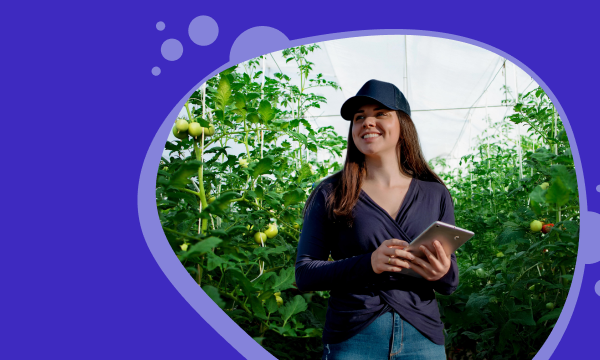
The grower's guide to using data for effective crop management. Get practical tips to achieve...

Darryn Keiller shares his thoughts on the urgent need to rethink farming, tackle regional...

The HM.CLAUSE Kenya seed production team faced several challenges in optimizing their yield...
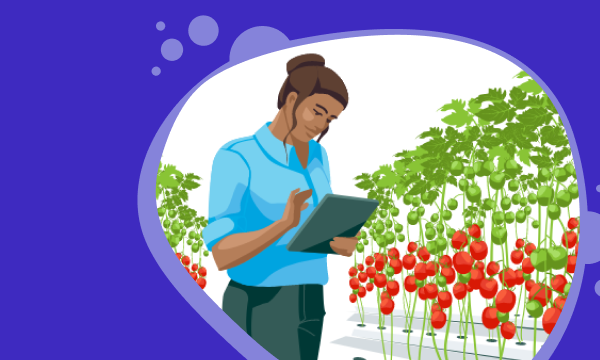
With late blight causing crop loss and large costs, Agrícola Chaparral turned to digital agronomy...

Learn how six key weather data points can help you make smarter irrigation decisions, conserve...

Two weeks, three countries, and ten customer farm visits later, Daniel Than, WayBeyond’s Customer...

A smart approach to water management is key to helping growers tackle water scarcity and climate...
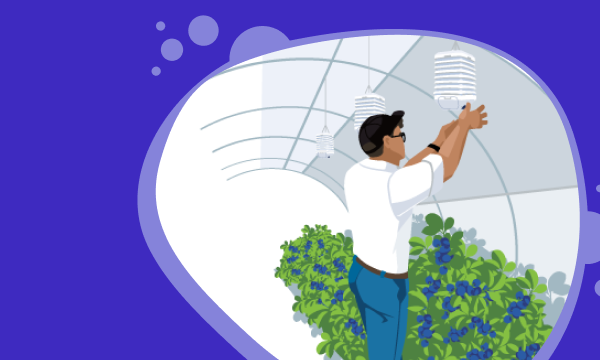
With over 470 ha of blueberry production, African Blue needed to unify farm data to improve crop...

What if tomato seeds were treated as commodities? This article explains how data and AI can help...
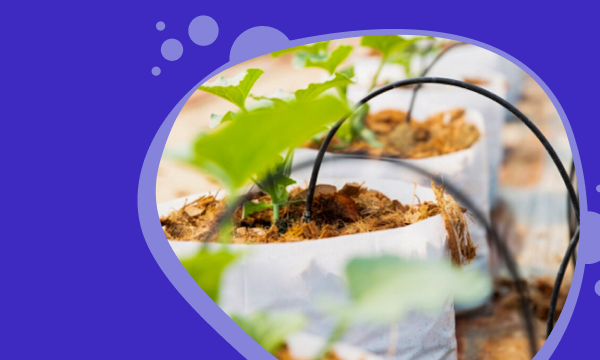
Uncover the vital role of drip and drain monitoring in optimizing drip irrigation farming.
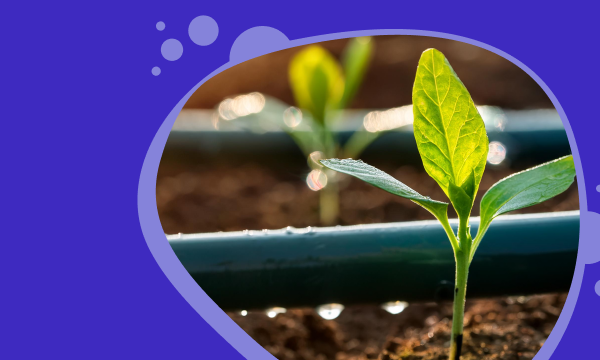
Explore how protected cropping growers can use data insights to drive smart irrigation practices.
.png)
Learn how Khawla Derstaouieh embraces digital agronomy to optimize irrigation, track pests, and...

Heatflation is rising food prices caused by extreme heat from climate change. How can protected...
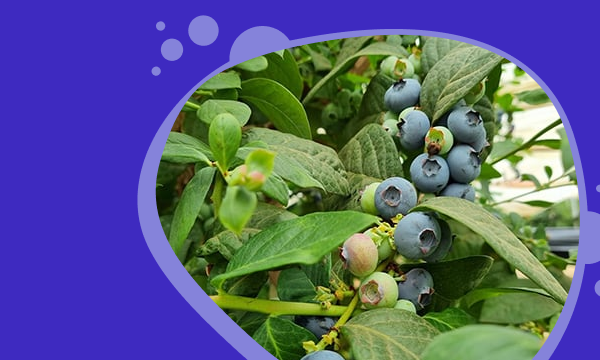
Heat stress is a significant concern for berry growers as it has both positive & negative effects...
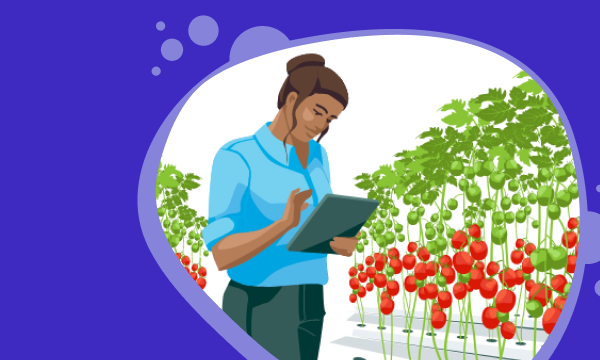
Do growers focus too much on high accuracy yield forecasting and miss key contextual indicators?

Discover how Sanaa Elmarini enhances decision-making in blueberry crop management at African Blue...

Practical solutions for today’s challenges in the world of horticulture. From real-time data to...
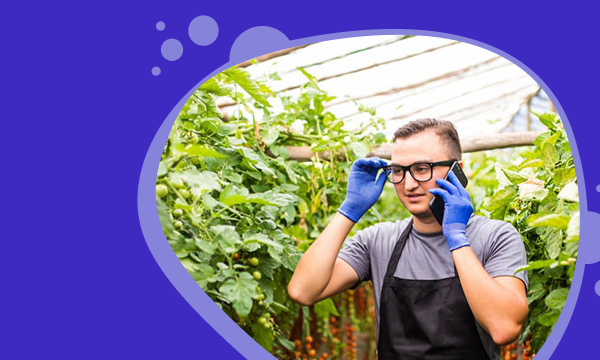
Real-time alerts play a vital role in empowering growers to make better crop management decisions.

Darryn addresses the importance of food security, how the pandemic showed a real vulnerability in...

Real world examples of common issues faced by growers that can be solved with real-time data,...

In this crop steering guide, you'll learn how to adjust environmental factors for ideal plant...
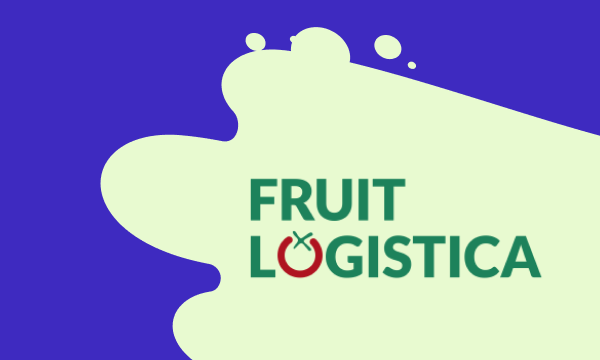
Fruit Logistica 2024 in Berlin wrapped last week, bringing to a close its biggest edition yet with...
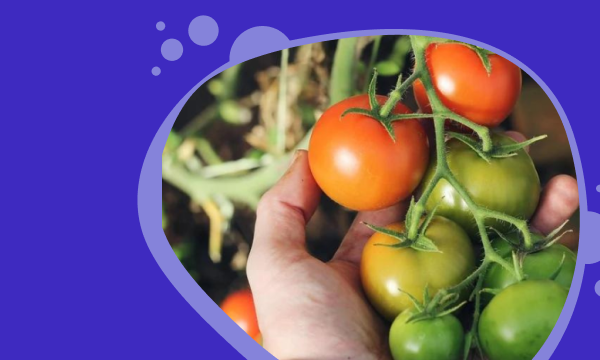
Discover strategies for maximizing crop yields by balancing generative/vegetative growth.
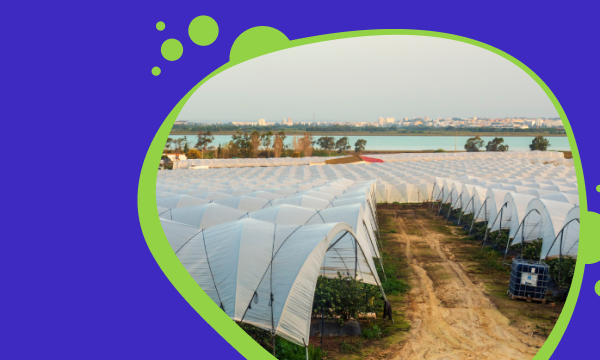
The protected crop growers guide to successfully managing your plants, team, practices and...

The future of farming may be indoors. We know that’s already happening for tomatoes and leafy...

Read our team's report on the 2023 Morocco Berry Conference, held in Agadir.

Learn how interpreting crop yield prediction with contextual data improves decision-making and...

WayBeyond's team share first impressions, general observations and key takeaways from Fruit...

SaaS adoption in horticulture: discover challenges and pitfalls for both growers and technology...

Frost devastates blueberry crops, leading to significant economic losses. By harnessing digital...
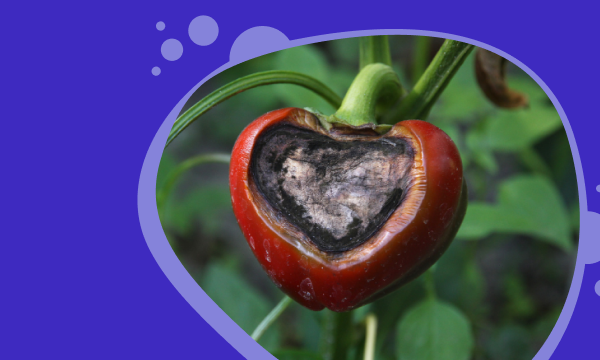
Digital agronomy insights helps tackle crop loss, production variations, and declining yield by...

Lee Kirsopp challenges the need for high accuracy yield prediction. Can other data provide better...
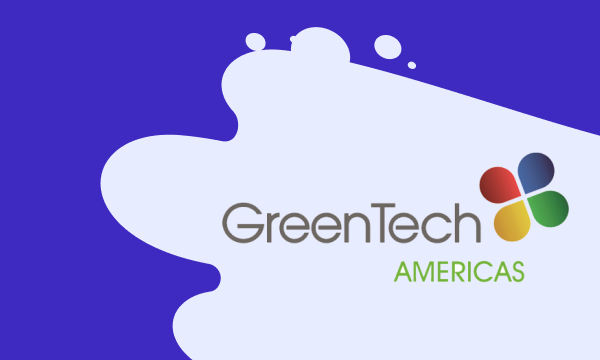
Insights and reflections from the WayBeyond team at GreenTech Americas 2023, held in Querétaro,...

3 production problems that can be solved by collecting data: cross loss from disease, poor crop...
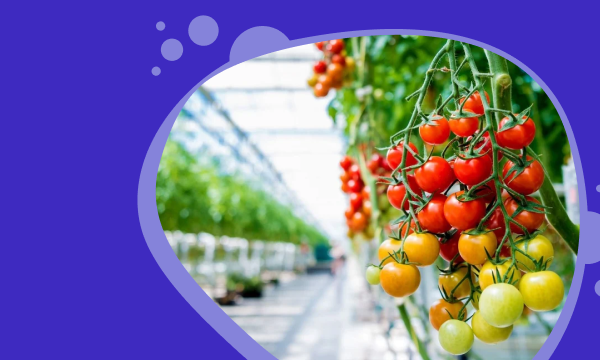
WayBeyond's study unveils factors behind yield swings and proposes an alternative to improve yield...

Discover the true cost of a fungal disease outbreak in crops, how to respond and the financial...
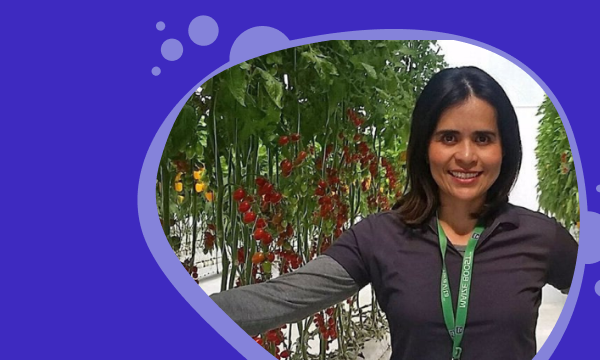
With protected agriculture on the rise, Mexico is ripe for the next wave of tech innovation.
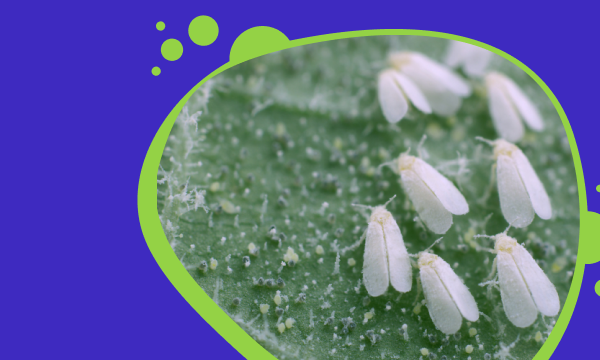
Get insights on Integrated Pest Management planning for effectively managing infestations.
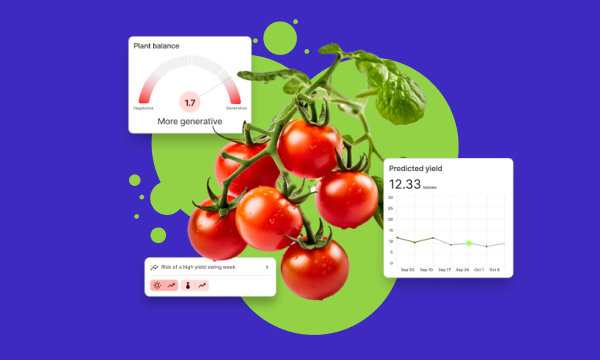
Learn the challenges and potential of AI and machine learning in agriculture for sustainable crop...

Read the round up of Berlin Fruit Logistica 2023 from the WayBeyond team on the ground.
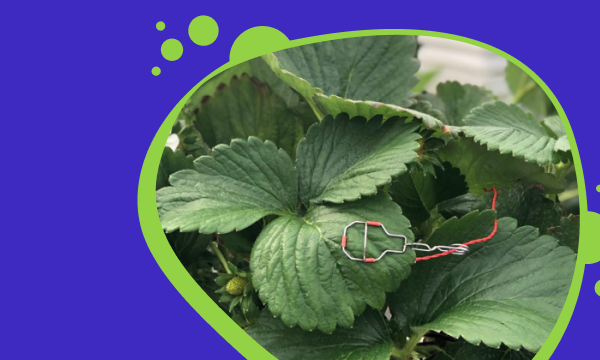
Learn how to manage plant stress and improve crop performance with Vapour Pressure Deficit.
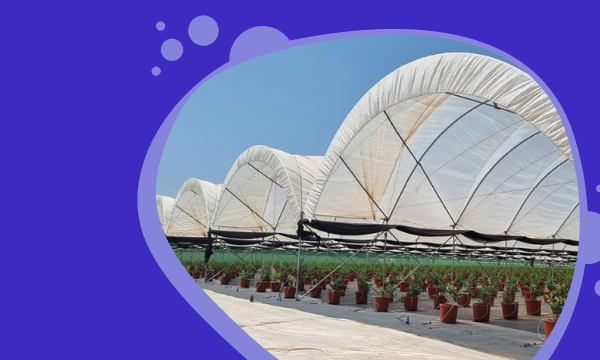
Harnessing FarmRoad enabled to monitor the status of their crops and the farm as a whole and...
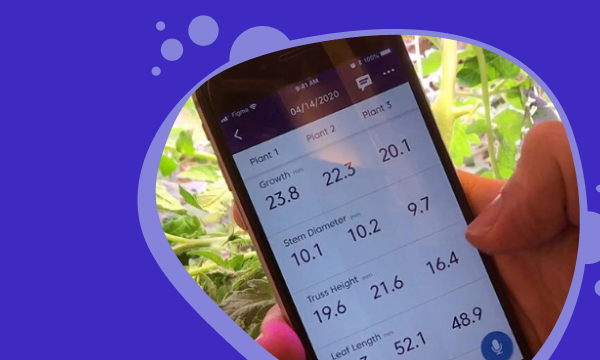
Why do growers use crop registration and how does it benefit crop management practices?

Our food systems face uncertainty in the wake of Climate Change. Cyclone Gabrielle highlighted the...
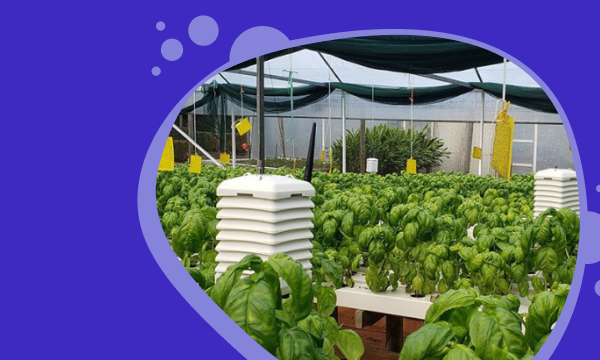
Growers require frequent and detailed climate data and crop status visibility to get the best from...

The agronomist at Season Farms noticed a drop in production and turned to WayBeyond's digital...

Plant pathology is the study of plant diseases and how they interact with plants. In this in-depth...
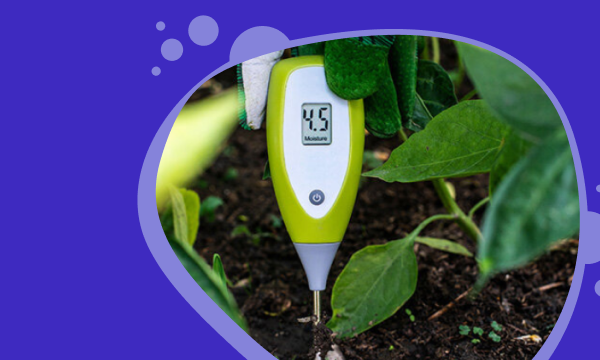
While the popularity of hand held moisture meters for plants shows no signs of abating, there are...

Lotte Bayly shares about her career journey, navigating gender bias, and her views on gender...

Evapotranspiration (ET)-based forecasting removes the guesswork from irrigation planning, allowing...
Champions of crop management.
Giving protected growers the power to make better crop management decisions and optimize crop outcomes.
Solutions
Customers
©2025 WayBeyond. All Rights Reserved.